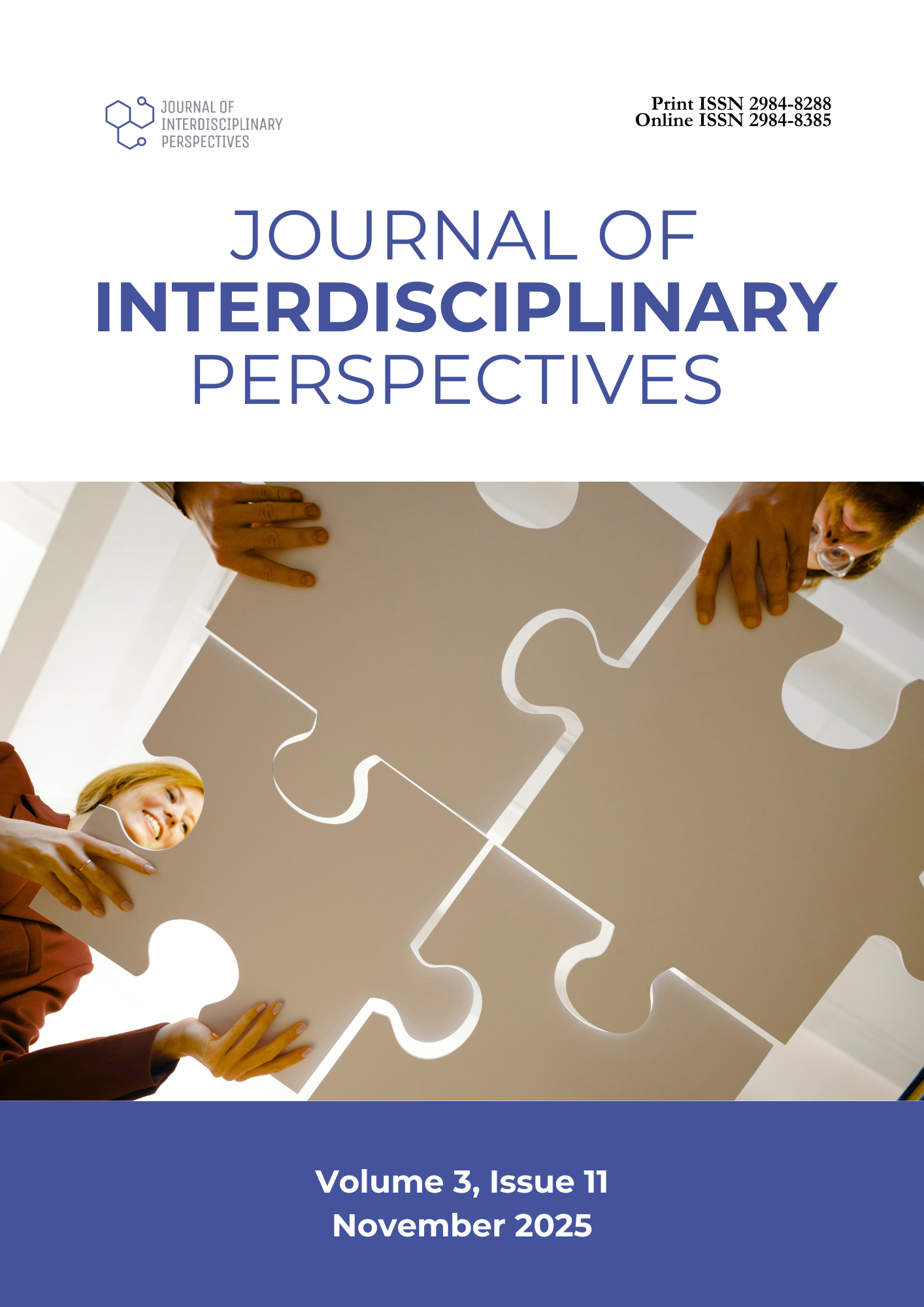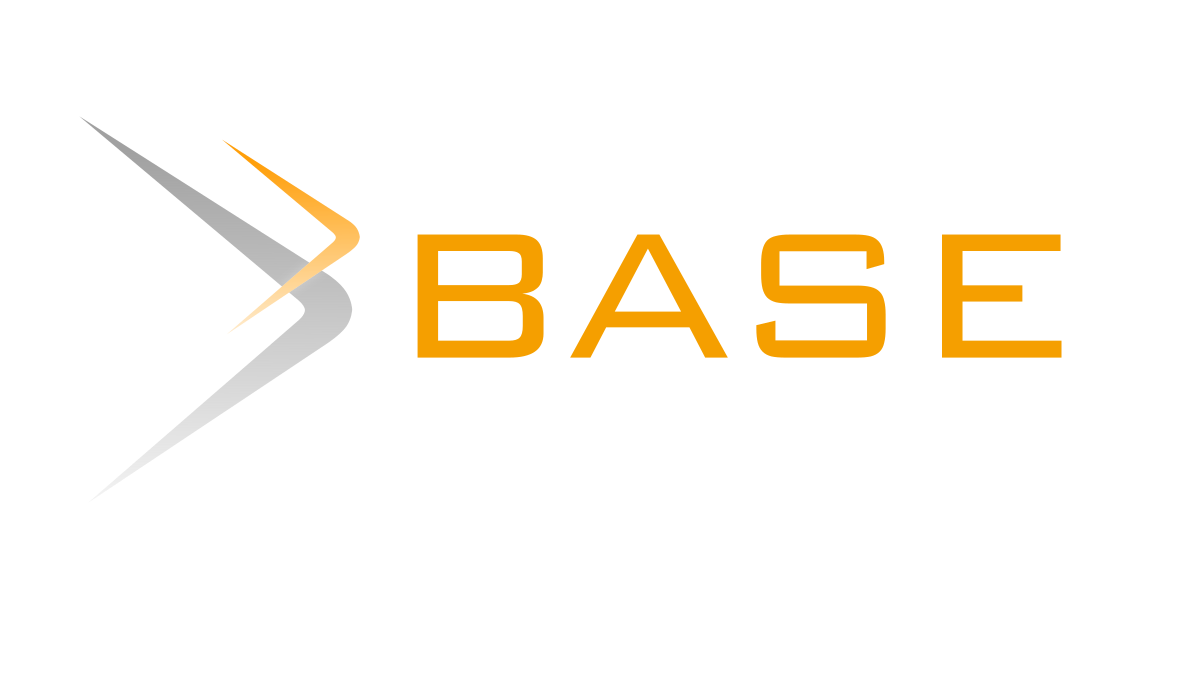Using ClassPoint: Its Effects on the Students’ Engagement and Academic Performance in Advanced Algebra
DOI:
https://doi.org/10.69569/jip.2025.529Keywords:
ClassPoint, Interactive classroom tool, Student engagement, Academic performance, Advanced algebra, SDG 4Abstract
The growing emphasis on varied instructional approaches underscores the critical role of technology in fostering innovation and promoting lifelong learning. This focus aligns seamlessly with Sustainable Development Goal 4 (SDG 4), which advocates for inclusive and equitable quality education for all individuals, regardless of their background or circumstances. This study is grounded in multiple theoretical frameworks, including Engagement Theory by Kearsley and Shneiderman, Constructivism by Piaget and Vygotsky, and Direct Instruction by Engelmann, providing a robust theoretical framework for understanding the impact of technology on learning outcomes. A quasi-experimental design was employed, utilizing pretest-posttest assessments with control and experimental groups to evaluate the effects of ClassPoint on student engagement and academic performance. Feedback was gathered from Grade 9 Advanced Algebra students at a private school in Cebu using validated researcher-constructed questionnaires. Results revealed that both the control (SD=5.04) and experimental (SD=4.02) groups exhibited below-average performance in the pretest, indicating a consistent trend of underachievement before any interventions. However, the experimental group showed significant improvement in the posttest, achieving above-average results, with a statistically significant mean gain (U=101.5, p<.01) and mean ranks of 17.06 for the control and 33.27 for the experimental group. These findings indicate that integrating ClassPoint enhances student outcomes compared to conventional methods, contributing to the ongoing discourse on technology integration in education and supporting the objectives of SDG 4 by promoting effective learning opportunities for all students.
Downloads
References
Abdelrady, A. H., & Akram, H. (2022). An empirical study of ClassPoint tool application in enhancing EFL students’ online learning satisfaction. Systems, 10(5), 154. https://doi.org/10.3390/systems10050154
Abidin, Z., Herman, T., Farojah, L., Febriandi, R., & Penehafo, A. (2022). Why did elementary students have difficulty working in Mathematical literacy questions? ELEMENTARY: Islamic Teacher Journal. https://doi.org/10.21043/elementary.v10i1.14006
Amponsah, K., Aboagye, G., Narh-Kert, M., Commey-Mintah, P., & Boateng, F. (2022). The impact of internet usage on students’ success in selected senior high schools in Cape Coast Metropolis, Ghana. European Journal of Educational Sciences. https://doi.org/10.19044/ejes.v9no2a1
Bong, E. Y., & Chatterjee, C. (2022). The use of a ClassPoint tool for student engagement during online lessons. ACE. https://doi.org/10.22492/issn.2186-5892.2022.39
Cahyono, A. N., & Ludwig, M. (2018). Teaching and learning Mathematics around the City supported by the use of digital technology. Eurasia Journal of Mathematics, Science and Technology Education, 15(1). https://doi.org/10.29333/ejmste/99514
Elmabaredy, A., Elkholy, E., & Tolba, A. (2020). Web-based adaptive presentation techniques to enhance learning outcomes in higher education. Research and Practice in Technology Enhanced Learning, 15. https://doi.org/10.1186/s41039-020-00140-w
Gil-Doménech, D., & Berbegal‐Mirabent, J. (2019). Stimulating students’ engagement in Mathematics courses in Non-STEM academic programmes: A game-based learning. Innovations in Education and Teaching International, 56, 57–65. https://doi.org/10.1080/14703297.2017.1330159
Gordani, Y., & Khajavi, Y. (2019). The impacts of multimodal PowerPoint presentations on EFL students’ content knowledge attainment and retention over time. Education and Information Technologies, 25, 403–417. https://doi.org/10.1007/s10639-019-09979-z
Gultom, F. (2020). The role of internet in learning. BAHAS. https://doi.org/10.24114/bhs.v30i4.18573
Hassan, A. (2020, June 19). Education abroad in a post-COVID-19 pandemic world. Study and Go Abroad. Retrieved from https://tinyurl.com/yakvpvdz
Hidajat, F., Sa’dijah, C., Sudirman, S., & Susiswo, S. (2019). Exploration of students’ arguments to identify perplexity from reflective process on Mathematical problems. International Journal of Instruction. https://doi.org/10.29333/iji.2019.12236a
IvyPanda. (2022, March 22). Constructivist learning theory. Retrieved from https://tinyurl.com/3x8hyyph
Jalil, J., & Sabir, S. (2019). Mobile phone usage and distraction in learning sessions. Pakistan Armed Forces Medical Journal, 69, 54–59.
Khanal, B. (2022). Approaches for enhancing Mathematics learning of students with learning difficulties. The Educator Journal. https://doi.org/10.3126/tej.v10i1.46731
Lima, P., Silva, L., Félix, I., & Brandão, L. (2019). Difficulties in basic concepts of Mathematics in higher education: A systematic review. 2019 IEEE Frontiers in Education Conference (FIE), 1–7. https://doi.org/10.1109/FIE43999.2019.9028658
Mazlan, N., Tan, K., Othman, Z., & Wahi, W. (2023). ClassPoint application for enhancing motivation in communication among ESL young learners. World Journal of English Language. https://doi.org/10.5430/wjel.v13n5p520
Querido, D. V. (2023). Effectiveness of interactive classroom tool: A quasi-experiment in assessing students’ engagement and performance in Mathematics 10 using ClassPoint. Applied Quantitative Analysis, 3(1), 79–92. https://doi.org/10.31098/quant.1601
Quispe-Prieto, S. C., Cavalcanti-Bandos, M. F., Caipa-Ramos, M., Paucar-Caceres, A., & Rojas-Jiménez, H. H. (2021). A systemic framework to evaluate student satisfaction in Latin American Universities under the COVID-19 pandemic. Systems, 9(1), 15. https://doi.org/10.3390/systems9010015
Ritonga, S. A., Ritonga, S., Tangse, U. H. M., Putri, D., Ritonga, A., & Ritonga, W. A. (2023). The effect of ClassPoint learning media as interactive and fun learning. International Journal of Humanities Education and Social Sciences, 2(6). https://doi.org/10.55227/ijhess.v2i6.554
Saxena, A., Lo, C., Hew, K., & Wong, G. (2020). Designing unplugged and plugged activities to cultivate computational thinking: An exploratory study in early childhood education. The Asia-Pacific Education Researcher, 29, 55–66. https://doi.org/10.1007/S40299-019-00478-W
Sharma, N. (2020). Constructivist teaching and learning. BSSS Journal of Education/BSSS Journal of Education. https://doi.org/10.51767/je0905
Sintema, E. J. (2020). Effect of COVID-19 on the performance of Grade 12 students: Implications for STEM Education. Eurasia Journal of Mathematics, Science and Technology Education,16(7). https://doi.org/10.29333/ejmste/7893
Southern Oregon University. (2023). What is STEM education? Southern Oregon University. Retrieved from https://tinyurl.com/bbc26d79
Verde, A., & Valero, J. M. (2021). Teaching and learning modalities in higher education during the pandemic: Responses to coronavirus disease 2019 from Spain. Front. Psychol. 12:648592. doi:10.3389/fpsyg.2021.648592
Voxco. (2021, October 5). Matched pairs experimental design - Voxco. Voxco. Retrieved from https://tinyurl.com/2hhavud6
Wegner, S., Holloway, K., & Garton, E. (2019). The effects of internet-based instruction on student learning. Online Learning. https://doi.org/10.24059/OLJ.V3I2.1920
Yusi, M. (2022). A ClassPoint as an intervention strategy in teaching Business Math. AJARCDE (Asian Journal of Applied Research for Community Development and Empowerment), 7(1). https://doi.org/10.29165/ajarcde.v7i1.176
Zhang, X., Fu, W., Xue, L., Zhao, J., & Wang, Z. (2019). Children with Mathematical learning difficulties are sluggish in disengaging attention. Frontiers in Psychology, 10. https://doi.org/10.3389/fpsyg.2019.00932
Downloads
Published
How to Cite
Issue
Section
License
Copyright (c) 2025 Journal of Interdisciplinary Perspectives

This work is licensed under a Creative Commons Attribution-NonCommercial 4.0 International License.









